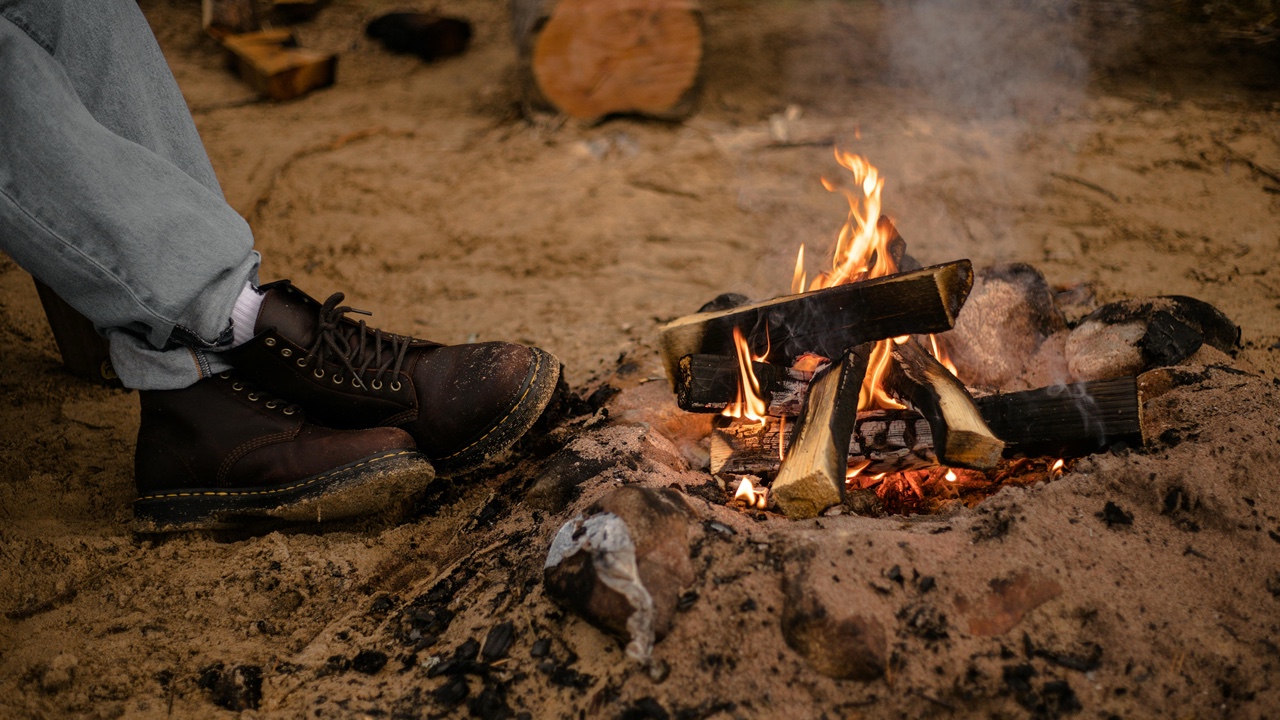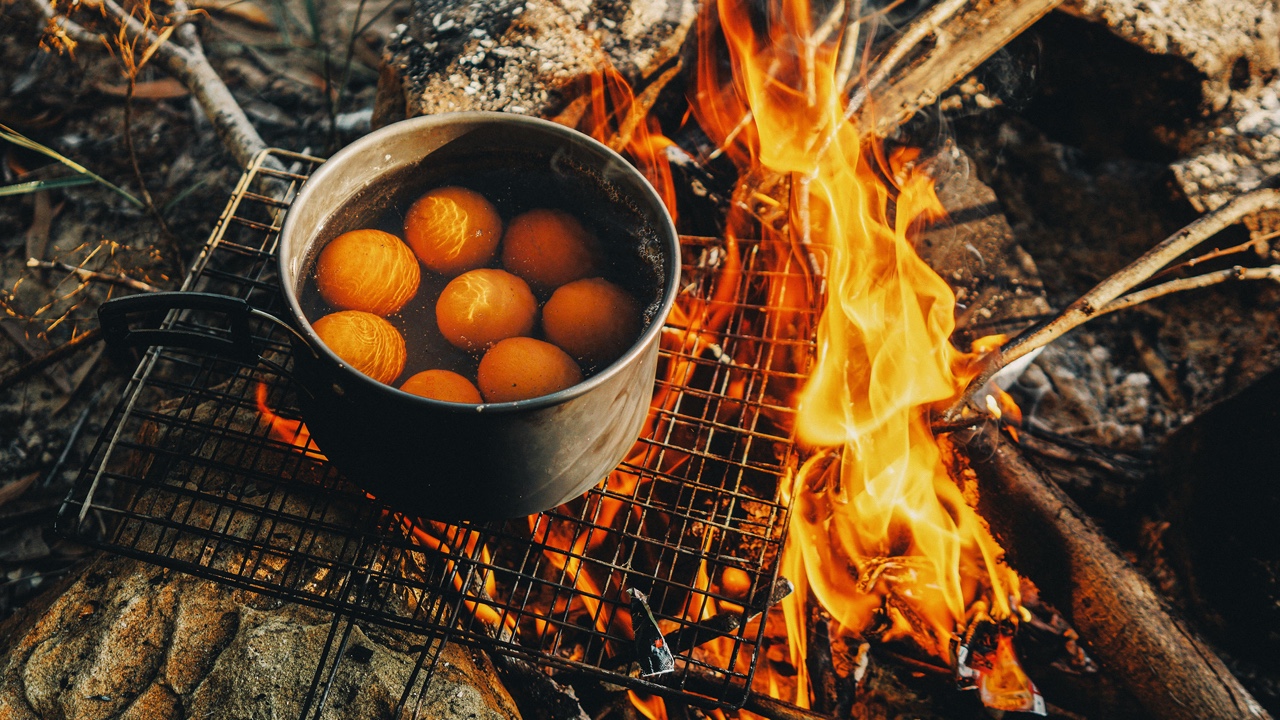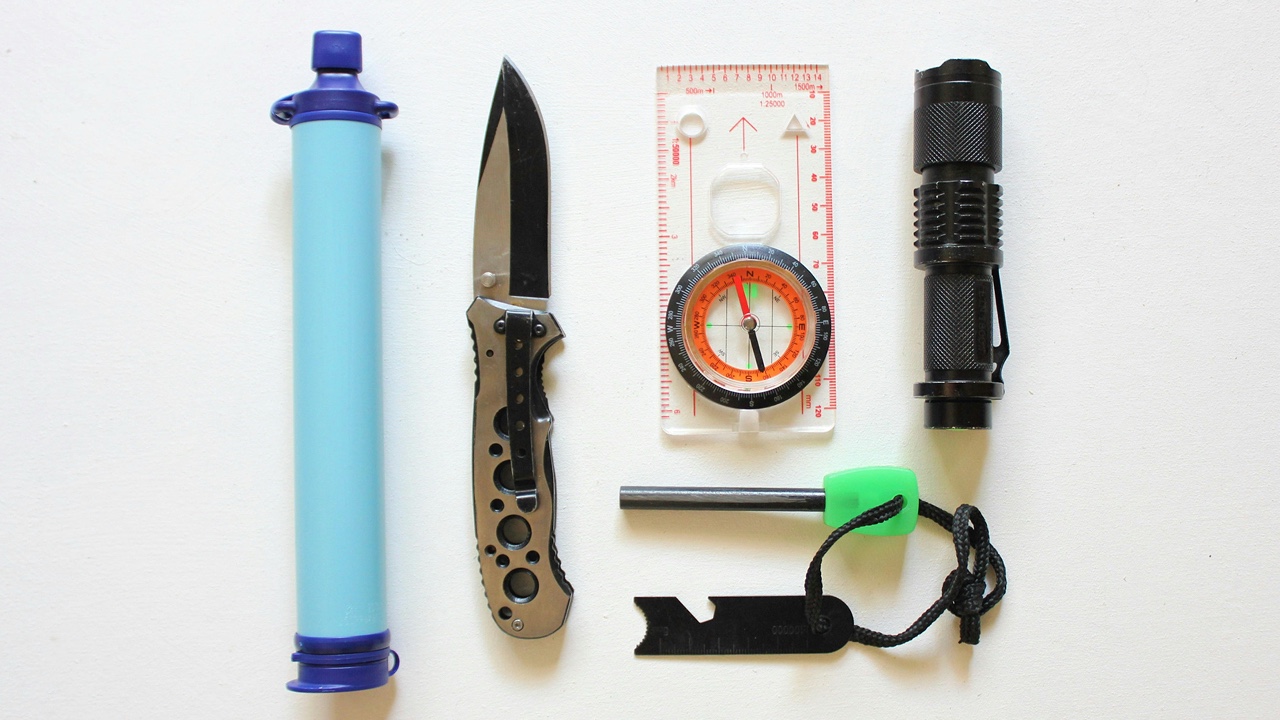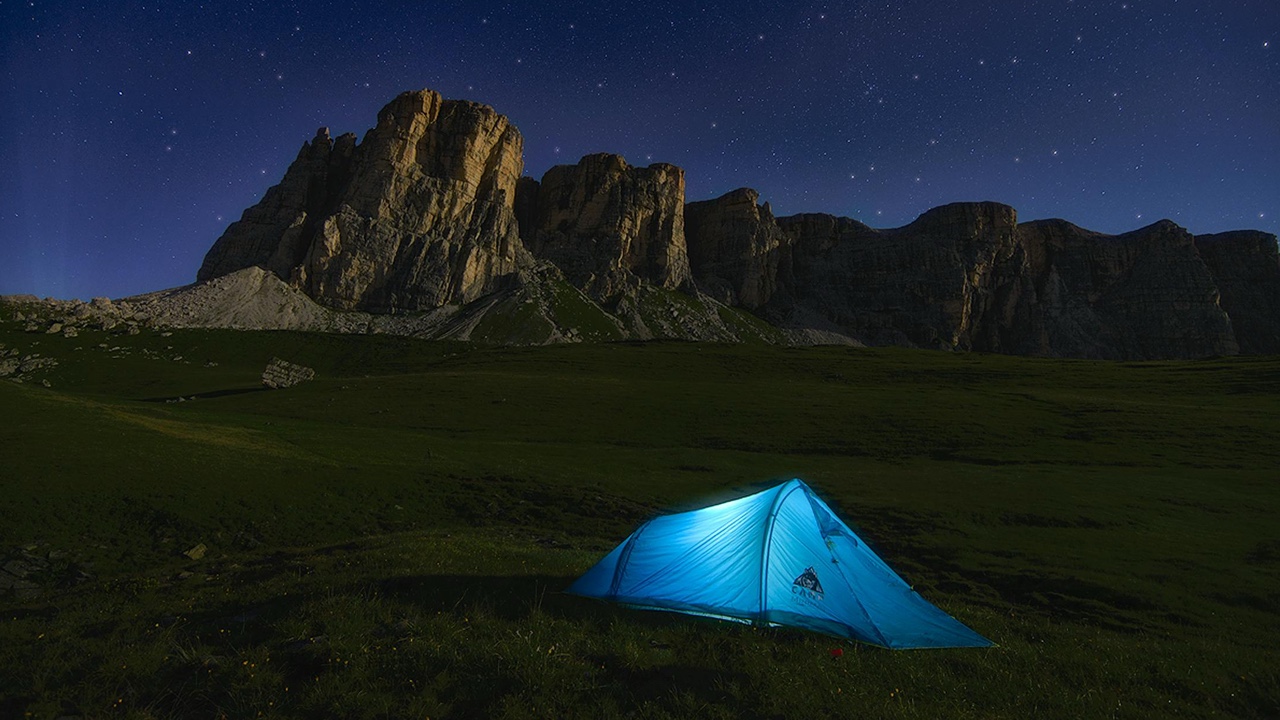Whether you’re cooking dinner, staying warm, or setting the mood, knowing how to build a proper fire is an essential outdoor skill. From classic techniques to clever survival tricks, these fire-building methods will keep you lit, no matter the weather or terrain.
Teepee Fire
The classic campfire look. Stack your kindling in a cone shape with a tinder bundle in the center. It catches quickly and burns hot, making it great for getting a strong flame fast. Bonus points if it looks like the cover of a wilderness survival guide.
Log Cabin Fire
Build a square frame of logs around your tinder, stacking like Lincoln Logs. It creates a steady, controlled burn with plenty of airflow. Great for cooking or long-lasting heat that doesn’t need babysitting every five minutes.
Lean-To Fire
Prop small sticks against a larger log or rock with your tinder underneath. This method shields your flame from wind and rain, making it ideal for wet or breezy conditions when you really need that fire to catch.
Star Fire
Lay large logs like spokes of a wheel with the ends meeting at the center. Push them inward as they burn. It’s fuel-efficient and ideal for conserving wood on long trips or when you’re settling in for the night.
Upside-Down Fire
Stack large logs on the bottom and build progressively smaller layers on top with tinder at the peak. Light it from the top and let gravity do the work. It’s clean-burning, long-lasting, and surprisingly hands-off once it gets going.
Dakota Fire Hole
Dig two holes connected by a tunnel—one for the fire, the other for airflow. This stealthy, efficient method burns hot and low with minimal smoke. Perfect for stealth camping or windy conditions where you need extra control.
Swedish Torch
Stand a thick log upright and cut it into quarters (without separating it fully), then stuff tinder and kindling into the center. It burns from the inside out like a candle and doubles as a rustic cooking platform.
Pencil Lead Fire
Use tiny, pencil-thin twigs to catch your flame before stepping up to larger kindling. It’s not a full method but an essential stage in every fire build. Skipping this step is how fires fizzle instead of flourish.
Feather Stick Fire
Shave curls off a stick with your knife to create feathery kindling that lights up easily, even when damp. Great for wet conditions or when you’ve only got a knife and your fire-starting grit to work with.
Char Cloth and Flint
Create char cloth by heating cotton in a sealed tin over a fire. Catch a spark with flint and steel, then transfer the ember to your tinder. Old-school cool and surprisingly effective when lighters fail.
Bow Drill
A classic friction fire method that uses a bow, spindle, and hearth board to generate an ember. It’s labor-intensive but empowering—a real “I made fire!” moment worthy of a slow-motion montage.
Magnesium Shavings
Shave magnesium into your tinder pile and spark it with a ferro rod. It burns hot enough to light even stubborn kindling. Lightweight and reliable, it’s a backpacker’s best friend in emergencies.
Cotton Ball and Petroleum Jelly
Prep these fire starters at home and keep them in a tin. They’re waterproof, lightweight, and catch flame instantly. A go-to trick that feels like cheating—in the best way possible.
Egg Carton Fire Starter
Fill each cup of a cardboard egg carton with dryer lint and pour in melted wax. Cut them apart for individual fire starters that burn long and hot. Campfire success packaged and ready to go.
Solar Lens Fire
Use a magnifying glass or Fresnel lens to focus sunlight onto tinder until it smolders. It’s a patience game, but totally worth it when you start a fire with nothing but sunshine and science.



